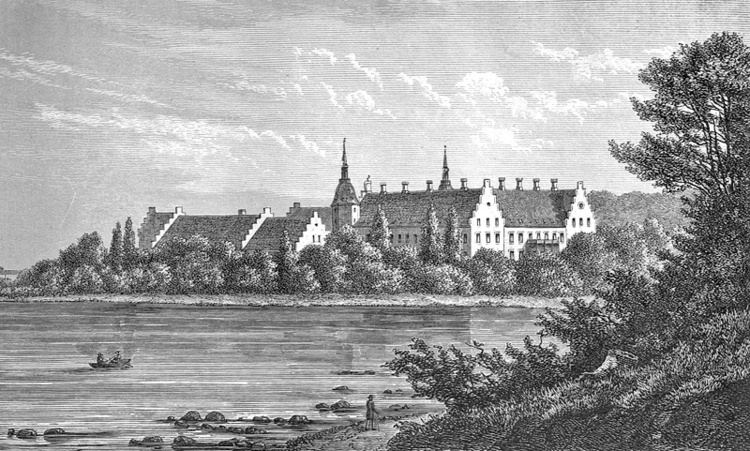 | ||
Seat farm (Danish: sædegård; Norwegian: setegård/setegard; Swedish: sätesgård or säteri; Finnish: säteriratsutila) was in the Kingdom of Denmark, the Kingdom of Norway, the Kingdom of Sweden, and Finland a farm where a nobleman had his permanent residence.
Contents
Norway
The term was originally used for any farm where a nobleman chose to reside. In 1639 the status of seat farm was restricted to farms that for at least forty previous years had enjoyed this status. After 1660, when absolute monarchy was introduced in Norway, also non-noble persons could achieve this status for their farm of residence.
Seat farms had, especially, freedom from tax and tithes. After 1800 the tax freedom was modified, and under the 1821 Nobility Law the tax freedom was ended at the then current owner's death.
